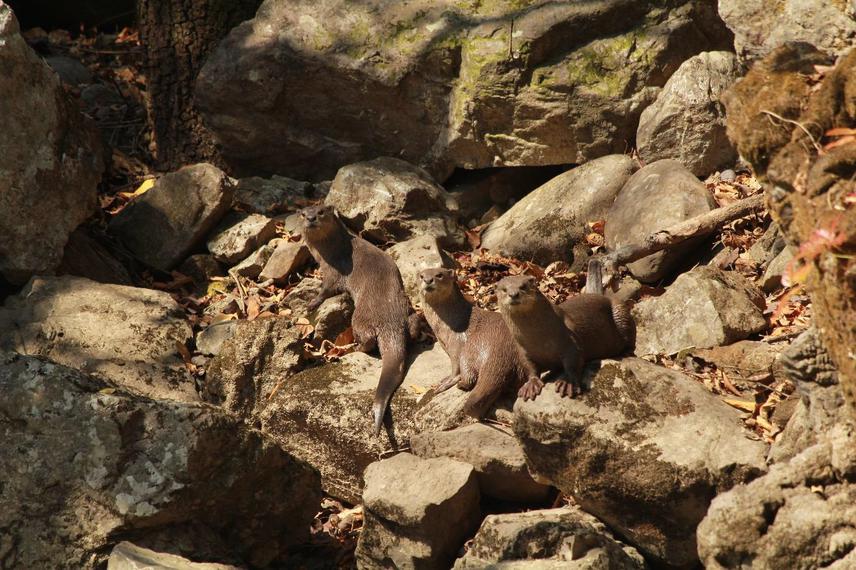Article featuring the project on Mongabay website.
Nishikant Gupta
The otter species that are the focus of this study are globally categorized (IUCN Red List of Threatened Species 2017) as Vulnerable (smooth-coated, Asian small-clawed) (de Silva et al. 2015; Wright et al. 2015), and Near Threatened (Eurasian) (Roos et al. 2015). They have been reported to have a decreasing population trend because of habitat loss, hunting (for meat and fur), and reduction in prey base. This study will aim to generate baseline information regarding their current distribution and population status to address the existing knowledge gaps, and provide critical information to policy makers regarding their conservation.

The project aims to conduct a survey to understand the distribution and population status of otters in Uttarakhand, India. To investigate the otter distribution, an indirect sign survey is proposed as the species are shy and nocturnal therefore, seldom observed in the wild (Hussain 1999; Nawab and Gautam 2008; Hussain et al. 2011; Nawab and Hussain 2012; Khan et al. 2014). (This can be supported by the fact that during a day-time river and fish survey from 2010-2015 in some of the above-mentioned rivers, no individuals were observed in the wild). Hence, their tracks, scats, dens and latrines will be used as the primary indicator to establish their presence and distribution. Otters defecate on prominent structures, (e.g. rocks, tree trunks, islands and river banks) and these scats can be easily observed in the field. The tracks of otter are also clearly visible on the sandy banks and muddy sites along rivers. Otter latrines, where they urinate and defecate communally are also prominent; and their dens, while rarely seen, are also important signs of otter presence.
The creation of a GIS-based map (with spatially explicit data) of current and potential otter habitat, with an overlay of anthropogenic, (e.g. developmental activities in the region) and climatic threats, (i.e. ongoing and projected), and potential for conservation can smoothly convey to policy managers the need for targeted, specifies-specific conservation actions. The semi-structured questionnaire will provide a time saving, cost effective, and a systematic way to gather information from a target population (Gupta et al. 2014).